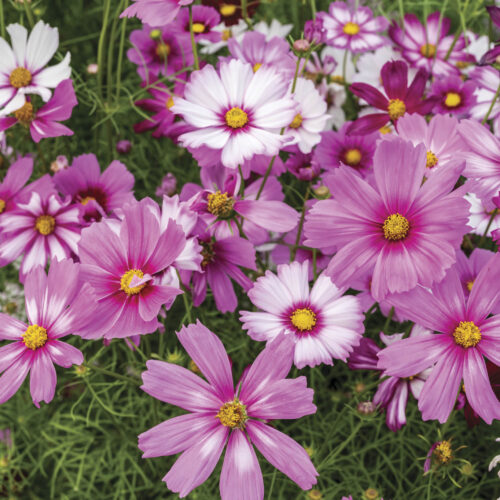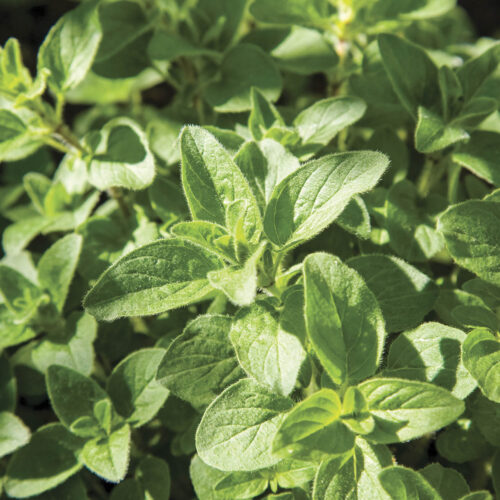Unusual herbs to grow now
2020-09-24T02:05:17+10:00
Sweet cecily and summer savory are just two flavourful culinary herbs you can easily grow in your own garden.
Sweet cicely (Myrrhis odorata)
Cook: The leaves, seeds and roots all have a mild sugary aniseed flavour. The roots can be eaten as a vegetable, while the leaves and unripe seed heads are chopped to make a delicious and unusual addition to egg dishes, soups, stews, salads and fruit salads. It also combines well with tart fruits such as rhubarb and some berries to lessen their tartness.
Grow: Large fern-like leaves are softly green, while flower stalks grow up to 70cm and are topped by umbrella-shaped flower heads of tiny, white flowers. The 3cm-long seeds are black when ripe. Divide the roots in spring or autumn, or grow from seed. The seed needs to be fresh, and cold stratification – freezing the seeds for about four months – will help germination. Sweet cicely does best in cool climates, in humus-rich, well-drained soil in a semi-shaded position.

Summer savory (Satureja hortensis)
Cook: This herb has a hot, spicy flavour that is retained when it is dried although the flavour is better when it is used fresh. Either way, because the flavour is pungent, add only small quantities to beans, peas and other vegetables, bean salads as well as soups and stews, oven bakes, pies and tarts.
Grow: This annual savory grows as a small shrub to 40cm with reddish stalks and leaves that turn from green to red as they age. These are topped by tiny, delicate, pink flowers. Grow from seed sown successively through spring and early summer to maintain a constant supply. Summer savory likes a humus-rich, well-drained, sandy loam soil and an open, sunny position.

For more articles about growing herbs try the following:
Aloe vera and other skin herbs
How to grow plants from cuttings






